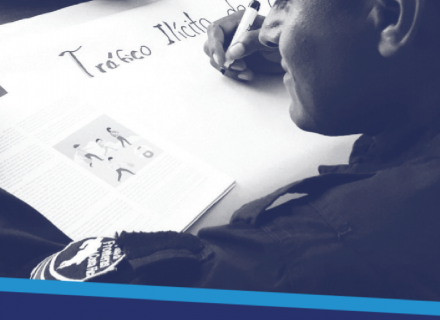Migrant smuggling is a crime that affects sovereignty of the States over their borders and seriously endangers the safety and well-being of migrants. According to article 3, paragraph a) of the United Nations Protocol against the smuggling of migrants by land, sea and air, this crime shall mean “the procurement in order to obtain, directly or indirectly, a financial or other material benefit, of the illegal entry of a person into a State Party of which the person is not a national or a permanent resident”.
According to the United Nations Global Study on Smuggling of Migrants, in 2016, around 2.5 million migrants were smuggled. This crime is one of the most profitable activities, with an economical return for smugglers of US 7 billion in one year.
Central America is one of the most dynamic migration corridors, with millions travelling from, through or to these countries in their way to United States or South America. Many of these people demand smuggling services to make the trip and reach a safe destination. Smuggled migrants are particularly vulnerable, and for that reason, they could become victims of another sort of crimes such as rapes, kidnappings, trafficking or extortions, among others.
Thus, the Western Hemisphere Program aims to support Governments to strengthen their national capacities, working with comprehensive approach to effectively tackle migrant smuggling, while promoting migratory solutions that addressed the causes of irregular migration and the protection of smuggled migrants, victims of related crimes.

Counter-Smuggling Work Plan
The main objective of the Counter-Smuggling Work Plan of the Liaison Officer Network to Combat Migrant Smuggling and Trafficking in Persons from the Regional Conference on Migration is to guide and enhance regional cooperation to prevent and combat migrant smuggling, while protecting rights of smuggled migrants, in particular those victims of related crimes and in vulnerable situations.

